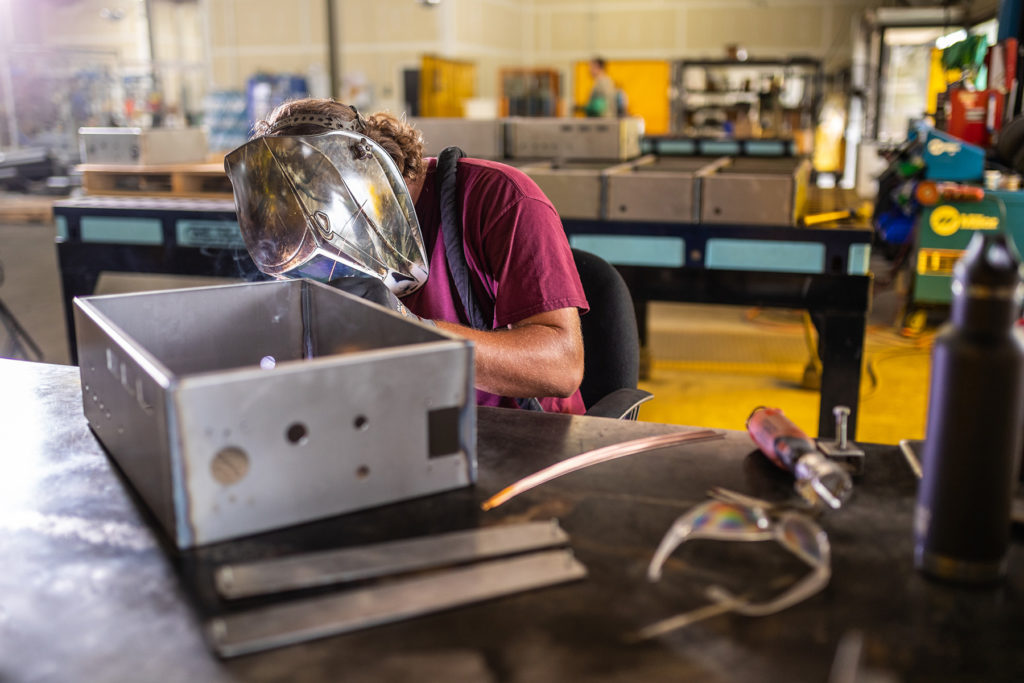
2021 hit nearly every company hard, but not many more than the manufacturing industry. Supply chain disruptions, double digit price increases in raw materials, employee shortages, and the ever-present threat of COVID-19 have plagued manufacturers across the globe. It’s almost a relief to see 2021 in the rearview mirror, but what surprises and manufacturing trends does 2022 hold in store?
1. A Shifting Focus to B2C
Manufacturing companies have begun to shift their focus away from B2B concerns, choosing to “cut out the middleman” and provide products directly to the consumer. This trend is directly related to increased costs of manufacturing and narrower profit margins. To successfully compete during this transition, manufacturers will need to create a great customer experience, from smooth purchase processes to customer service and secure payment options.
2. Increasing Automated Processes
Machine learning, AI, and smart machinery will continue to expand their roles in automating certain key functions within the manufacturing landscape. This will help to maximize worker productivity by reducing the time spent manually running these processes. It will also assist in eliminating errors such as duplication and faulty reporting. This is another way to address the ongoing employee shortage.
3. Going Green
Many manufacturers are taking huge strides towards being environmentally responsible, and this trend will continue to grow and expand. Sustainable practices and greener solutions are attracting consumers and investors in greater numbers, and this will only increase throughout 2022 and beyond. Manufacturers are staying ahead of governmental regulations regarding eco-friendly practices, and finding their own cost of operations decreasing as an added bonus.
4. 3D Printing is Taking Hold in Manufacturing
Manufacturers are discovering that 3D printing holds several benefits over traditional methods. Expect to see more of this in 2022, as they enjoy the design flexibility, increased productivity, improved manufacturing times, and better product performance that 3D printing offers.
5. Supply Chain Disruptions Will Require New Strategies
Previously, manufacturers have been focused on just-in-time purchasing. This strategy will no longer be enough, and businesses will need to stockpile materials to ensure they can meet demands.
6. Predictive Maintenance Takes Center Stage
Predictive maintenance has always been an important way to ensure smooth and steady operations, but it will become increasingly necessary as manufacturers recognize that even a few hours of downtime on the floor can be devastating to their bottom line. Predictive maintenance minimizes scheduled maintenance downtime, reduces costs, helps decrease equipment failure, and keeps machinery in prime operating condition. Manufacturers recognize this is a vital step in operations, and in 2022, may increasingly outsource the process or turn it over to automation.
2022 will be a big year for manufacturing as the industry struggles to adapt and overcome the challenges faced in 2021, but manufacturers who welcome these trends and changes will help the industry survive and thrive.
